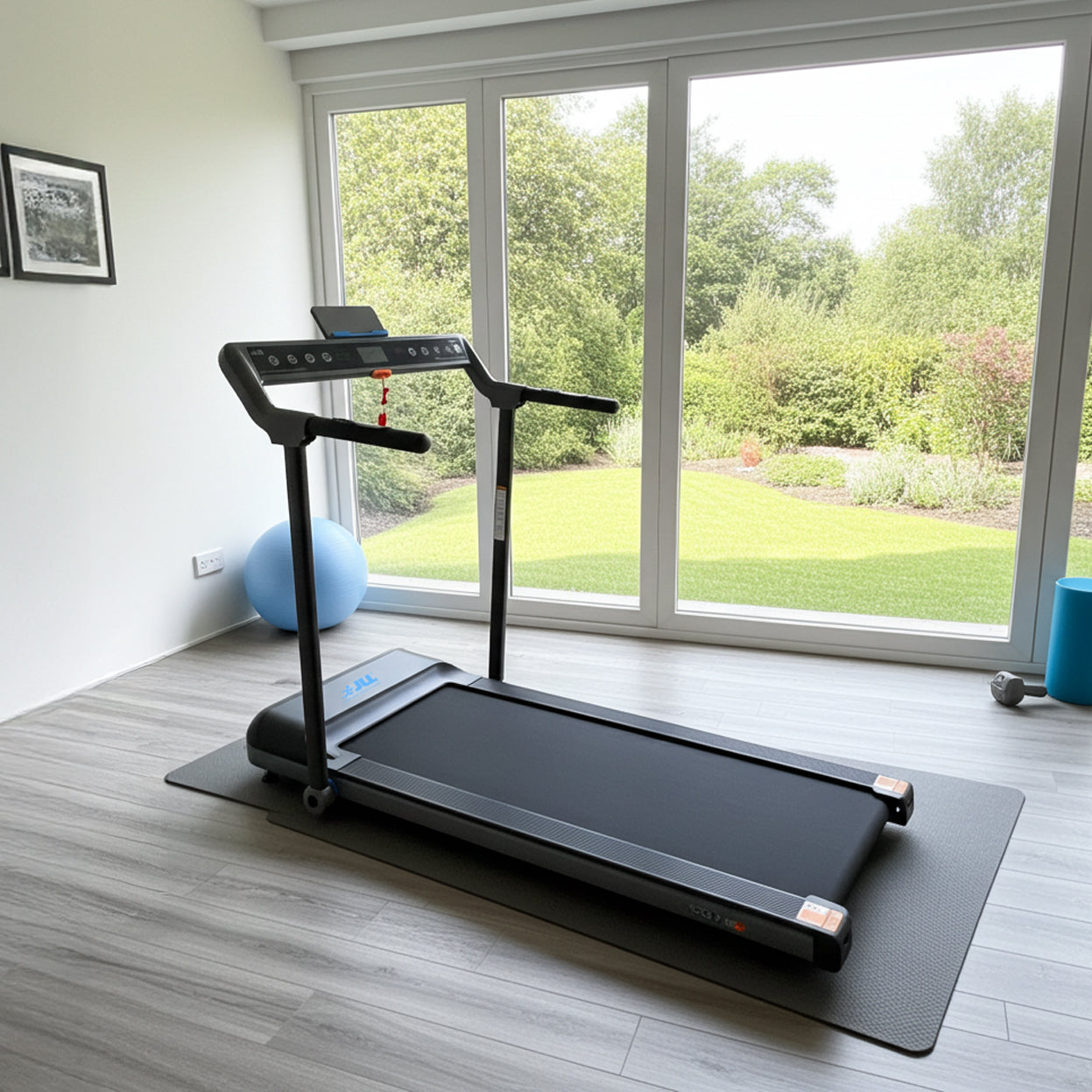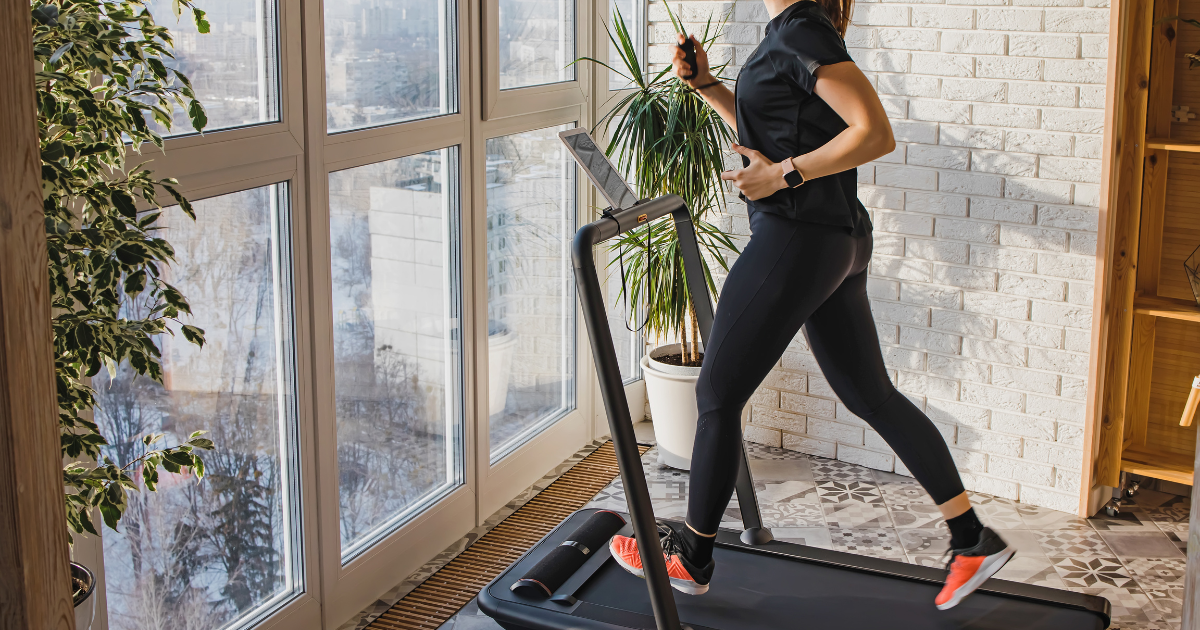Building strength doesn’t require a gym membership or fancy machines. With the right approach and consistency, you can effectively increase muscle strength and endurance from the comfort of your own home. Whether you’re just starting your fitness journey or looking to upgrade your routine, here’s how to build strength at home — no gym required.
1. Start with Bodyweight Exercises
Bodyweight training is one of the most accessible and effective ways to build strength. It requires no equipment and targets multiple muscle groups, helping you develop functional strength and control.
Key bodyweight exercises:
- Push-ups (chest, shoulders, triceps)
- Squats (legs, glutes)
- Planks (core)
- Lunges (legs, stability)
- Tricep dips (arms)
- Glute bridges (glutes and hamstrings)
Tip: Focus on perfect form and controlled movement to get the most benefit from each rep.
2. Invest in Simple Equipment
To further challenge your muscles and promote growth, consider adding a few key pieces of home workout equipment. You don’t need a full home gym — a small selection can go a long way.
Recommended equipment for strength training at home:
- Dumbbells – Ideal for weighted squats, rows, presses, and more.
- Resistance bands – Great for controlled resistance and joint-friendly strength training.
- Kettlebells – Excellent for dynamic, full-body exercises like swings and goblet squats.
- Pull-up bar – Perfect for upper body and core development.

3. Follow a Progressive Overload Approach
To build strength, your muscles need to be continuously challenged. This is where progressive overload comes in — gradually increasing the difficulty of your workouts over time.
Ways to apply progressive overload at home:
- Add more reps or sets.
- Increase resistance (heavier weights or stronger bands).
- Slow down the tempo of exercises for increased time under tension.
- Shorten rest times between sets.
4. Create a Structured Weekly Routine
Consistency is key. Aim to train major muscle groups at least 2–3 times per week. Split your routine into upper body, lower body, and core days, or opt for full-body workouts.
Sample weekly schedule:
- Monday – Full-body strength
- Wednesday – Core & upper body
- Friday – Lower body strength
- Sunday – Active recovery (stretching or light cardio)
5. Fuel Your Body and Rest Well
Building strength isn’t just about the workout — recovery and nutrition play a huge role. Make sure you’re getting:
- Plenty of protein to support muscle repair.
- Sufficient calories to fuel your workouts and growth.
- Quality sleep to allow muscles to recover and strengthen.
Hydration and stress management also support better performance and results.
6. Track Your Progress
Keep a training log or use a fitness app to track your reps, sets, weights, and how you feel during each session. Tracking progress keeps you motivated and helps you spot areas for improvement.
Final Thoughts
You don’t need a gym to get strong. With bodyweight movements, a few pieces of equipment, and a well-structured plan, you can build strength at home efficiently and effectively. Whether you're working out in a spare room, garage, or living room, strength training is accessible and powerful — wherever you are.
Ready to get started? Browse our range of home fitness equipment at JLL Fitness and take the first step towards building real strength from home.










Leave a comment
All comments are moderated before being published.
This site is protected by hCaptcha and the hCaptcha Privacy Policy and Terms of Service apply.